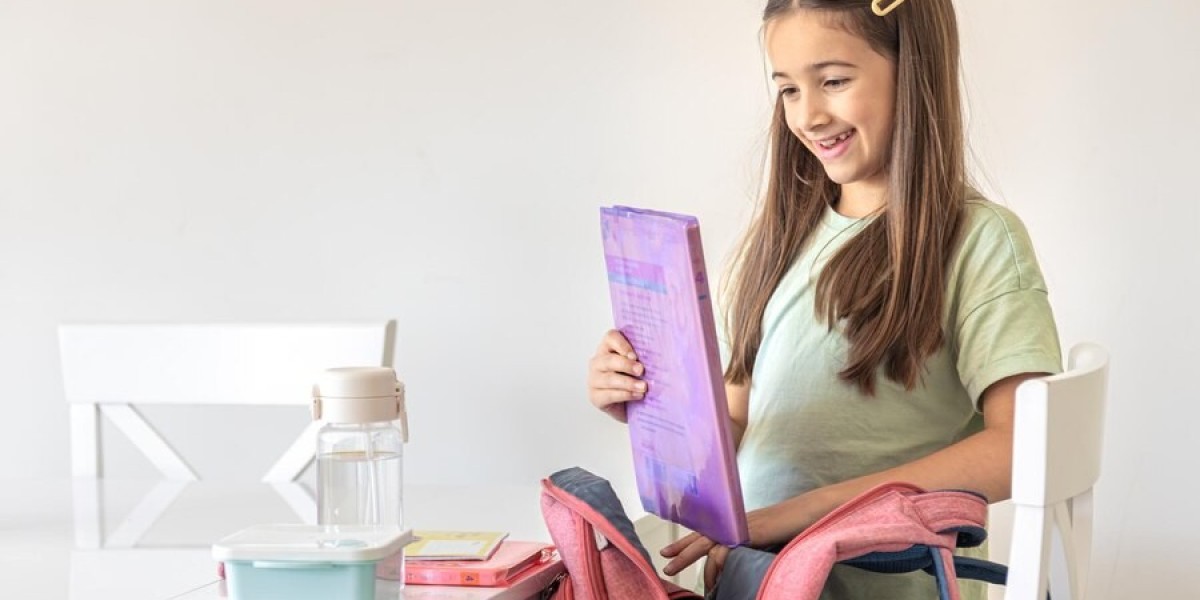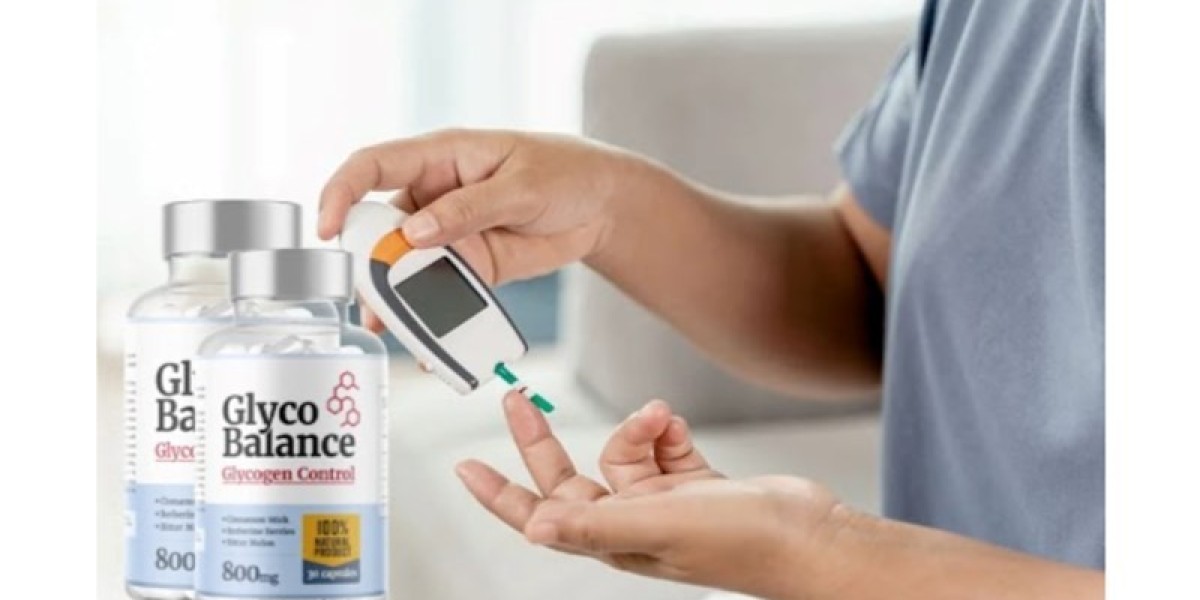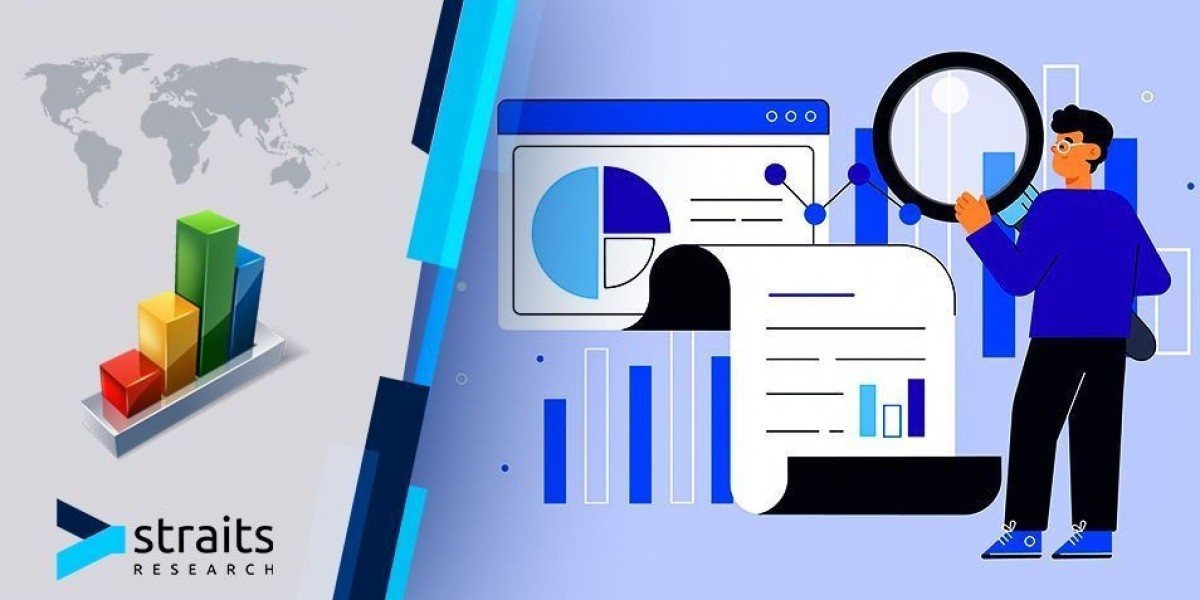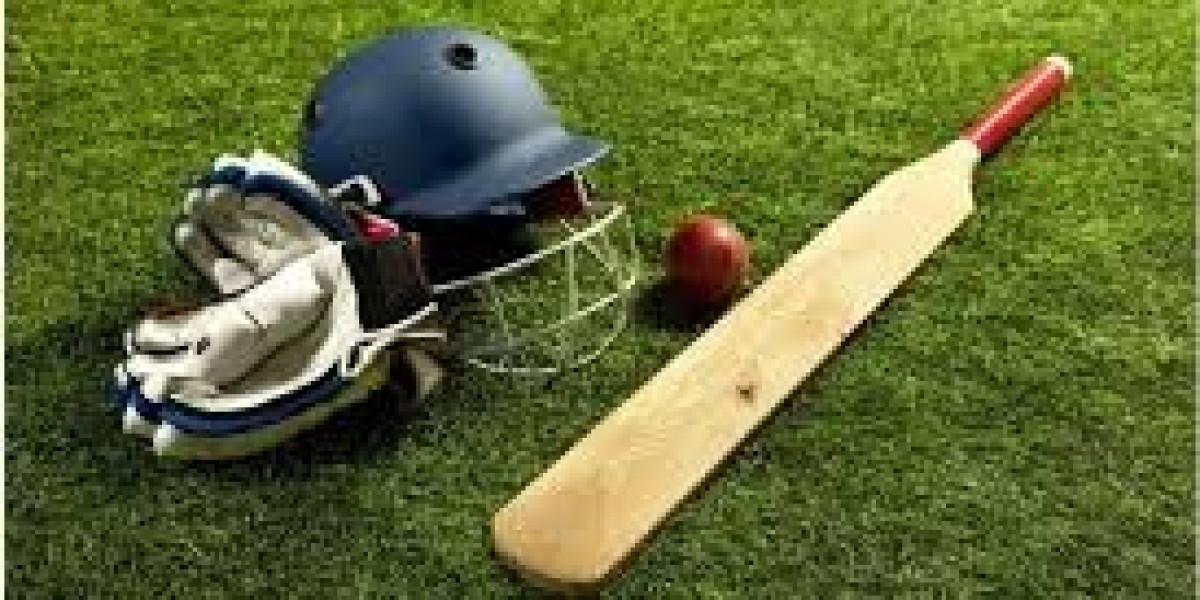Menstruation is a natural biological process experienced by millions of people around the world, yet it often comes with stigma, discomfort, and environmental concerns. In recent years, however, there has been a remarkable emergence in innovations aimed at improving menstrual health and hygiene. This article will explore the future of menstruation, focusing on innovative absorbent menstrual products that promise to revolutionize the way we manage our periods.
Menstrual Pads
Menstrual pads are one of the most commonly used absorbent products. They come in various sizes and absorbency levels, making them suitable for light to heavy flows. Benefits are Ease of use, Simply peel and stick to your underwear.
Variety, Available in different lengths and thicknesses. Comfort, Soft materials can provide comfort during use. Drawbacks are Visibility, may be noticeable under clothing. Disposal, that creates waste, which is a concern for the environmentally conscious.
What is the role of Bio-Based and Biodegradable Materials?
One of the most significant trends in menstrual product innovation is the development of bio-based and biodegradable materials. These products reduce environmental impact by breaking down more easily than traditional plastics.
Some brands are exploring the use of cornstarch to create pads and applicators that are compostable.
Innovations in plant-based absorbents can provide high absorbency without the environmental costs of synthetic materials.
Menstrual Sponges and DIY Solutions
Natural sea sponges can be used as a menstrual product. They absorb fluid and can be inserted into the vagina. Pros are, Eco-friendly and can be reused multiple times. They also provide a natural option without synthetic materials. Cons are, they may not provide as much absorption as other products and require proper cleaning.
Some people choose to make their own menstrual products using fabric or other materials. This can be a cost-effective and creative solution. Pros are Customizable and can be made from materials on hand. It can also reduce waste. Cons are Requires sewing skills and may not provide the same level of absorbency as commercially available options.
A Note on Flow Level and Lifestyle
Understanding your flow can help you choose the right product. Light, moderate, or heavy flow can influence whether you need a thicker pad, a super-absorbent tampon, or a menstrual cup.
Your daily activities can also play a role in your choice. If you're active or frequently exercise, you might prefer tampons or menstrual cups for their discreetness. If you're at home, you might opt for cloth pads or period underwear.
Breaking the Stigma
Education plays a crucial role in breaking the stigma surrounding menstruation. Increasing awareness about menstrual health and the available products can empower individuals to make informed choices.
Organizations are hosting workshops and campaigns to educate communities about menstrual health. Incorporating menstrual education in school curricula can help young individuals understand their bodies better.
The Environmental Impact of Menstrual Products
Disposable menstrual products contribute significantly to landfill waste . A single person using disposable pads or tampons can produce over 300 pounds of waste in their lifetime.
Many menstrual products contain plastics and synthetic materials that can take hundreds of years to decompose, leading to pollution and harm to wildlife.
Sustainable menstrual products, such as menstrual cups, cloth pads, and period underwear, offer viable alternatives that significantly reduce environmental impact.
How Chemical-free panty liners will be a good absorbent menstrual products?
Without synthetic chemicals, fragrances, or dyes, chemical-free panty liners are less likely to irritate sensitive skin. This can reduce the risk of rashes and allergic reactions, making them suitable for everyday use.
Many chemical-free panty liners options are made from organic cotton or other natural fibers. These materials are breathable and help maintain a healthy environment, reducing moisture buildup and odor.
Chemical-free panty liners often use sustainable materials and processes, making them a more environmentally friendly choice. This can appeal to those looking to reduce their ecological footprint.
Trying Out Different Products
Begin by trying a few different types of products. For instance, if you're curious about menstrual cups, consider purchasing a starter pack or a smaller size to see if it works for you.
Pay attention to how your body responds to each product. Take note of any discomfort, leaks, or irritations, and adjust accordingly.
You don't have to stick to one type of product. Many people find that using a combination works best for their needs, such as wearing a menstrual cup during the day and switching to pads at night.
What are some Smart Technology Integration?
Technology is making its way into menstrual products, offering users greater control and insight into their cycles. Innovations include:
Some menstrual cups now come with sensors that track flow and cycle patterns, providing valuable data through a connected app.
Devices that monitor menstrual health and predict cycles are becoming more popular, helping users manage their periods more effectively.
Customization and Personalization
As technology continues to evolve, so too will the ability to customize menstrual products. Brands may offer personalized products tailored to individual needs, preferences, and body types.
Products that can be adjusted for fit and absorbency based on user feedback could become more common and tailored subscription services that adapt to individual menstrual cycles could simplify product access.
What are the Tips for Managing Menstrual Health?
Keeping a menstrual diary or using an app can help you understand your cycle better. This can inform your product choices and help predict your flow.
Drinking plenty of water and eating a balanced diet can alleviate some menstrual symptoms, such as bloating and fatigue.
Regardless of the product you use, maintaining good hygiene is crucial. Change pads or tampons regularly, and ensure reusable products are washed according to instructions.
Conclusion
The future of menstruation is bright, with innovative absorbent menstrual products paving the way for more comfortable, sustainable, and stigma-free experiences. As technology continues to advance and societal attitudes shift, we can expect to see even more transformative solutions emerge in the menstrual health space
Naijamatta is a social networking site,
download Naijamatta from Google play store or visit www.naijamatta.com to register. You can post, comment, do voice and video call, join and open group, go live etc. Join Naijamatta family, the Green app.
Click To Download


